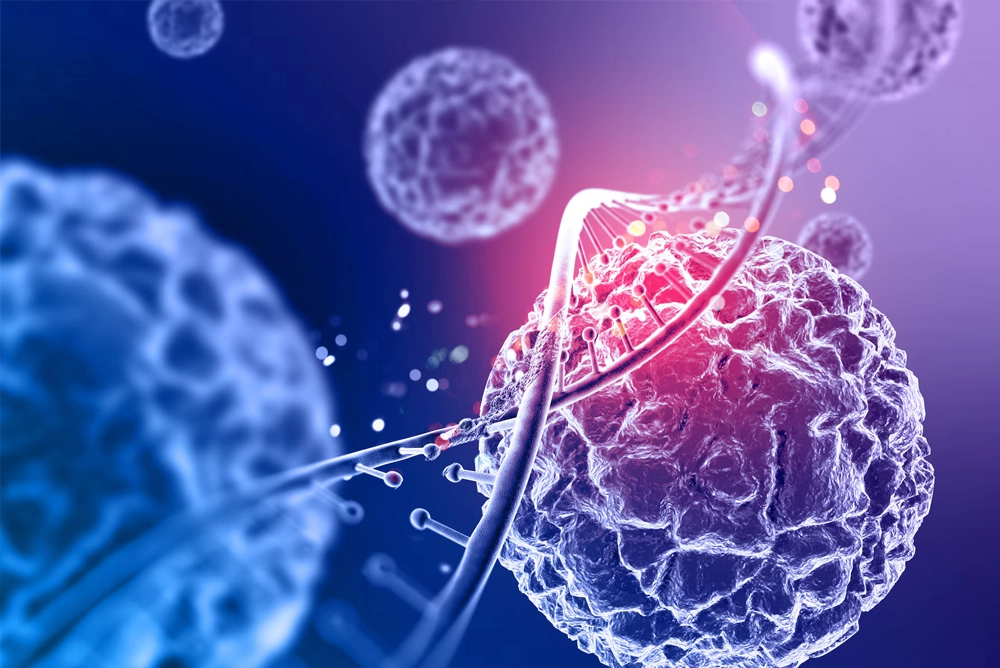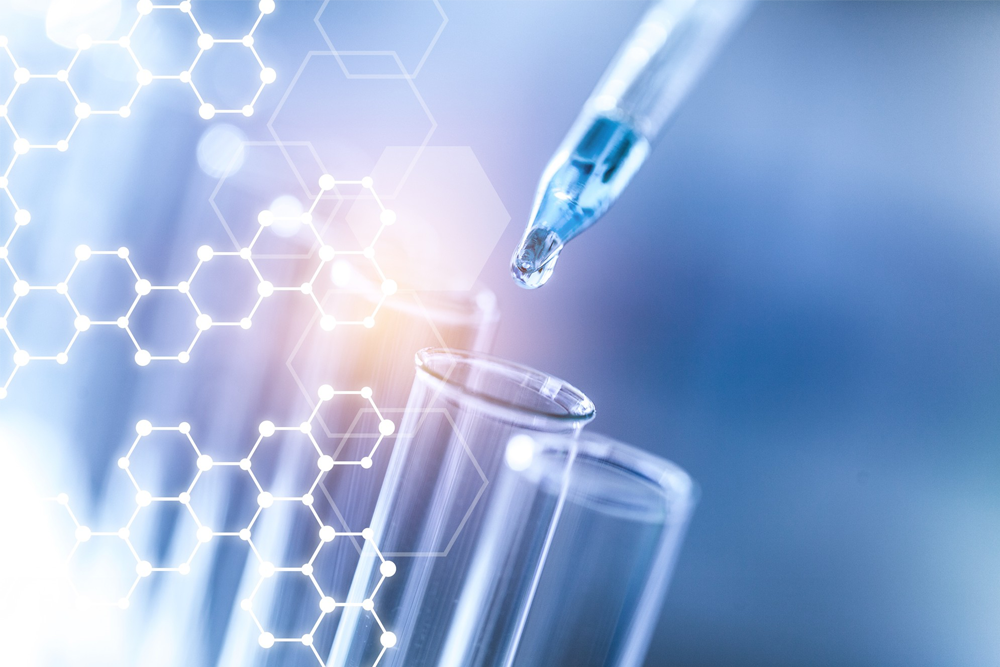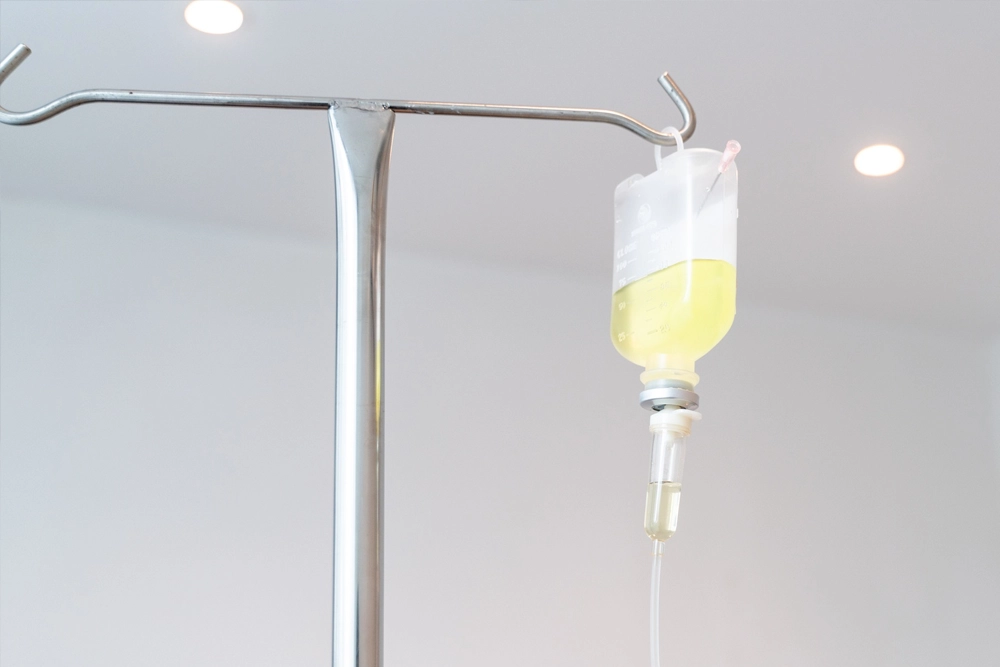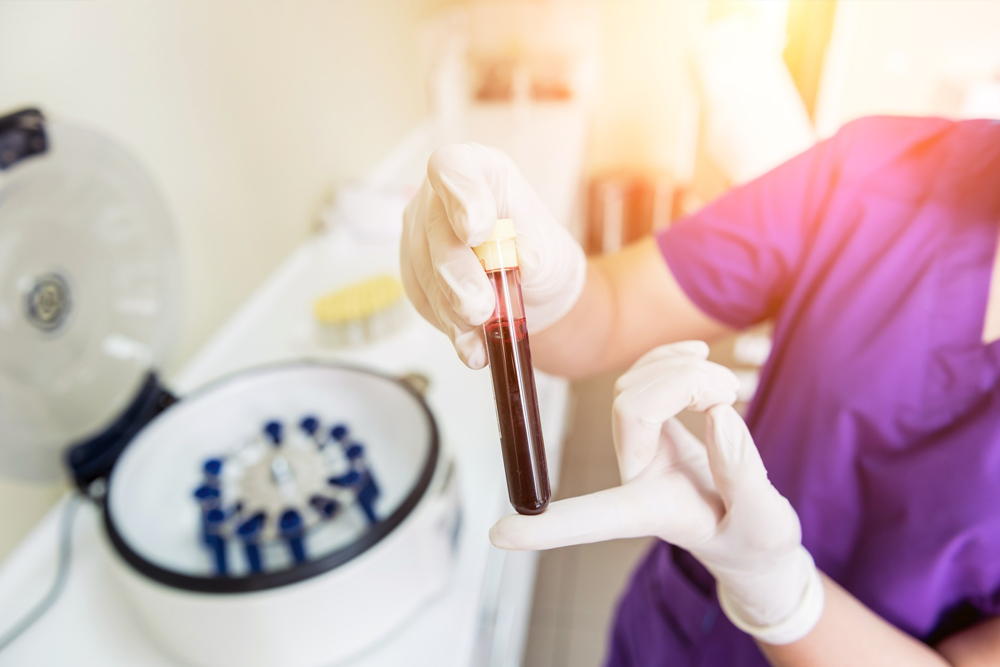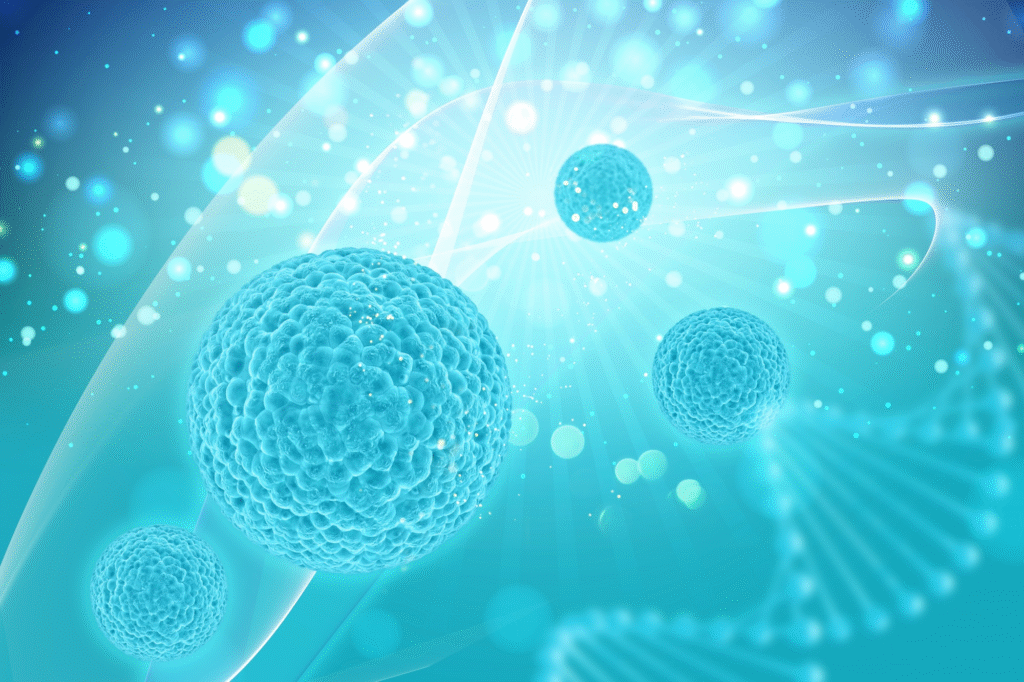What Are Stem Cells MSCs?
Stem cells are special types of cells capable of transforming into other cell types within the human body or other living organisms. Their unique abilities include self-renewal and differentiation, meaning they can replicate themselves and change form. This makes them useful for generating other cell types or repairing damaged tissues and organs.
Stem cells can divide and become different kinds of cells such as blood cells, nerve cells, muscle cells, and more. There are various types of stem cells, including progenitor stem cells and stem cells derived from different organisms. These cells hold great potential for future medical and biological research and treatments.
Sources of Stem Cells MSCs — Are They Really Dangerous?
Purified stem cells, especially Mesenchymal Stem Cells (MSCs), come from several sources in the human body.
One popular type of MSCs resides in different tissues of the body, such as fat tissue and bone tissue.
MSCs can also be found in other areas like blood, kidneys, and abdominal fat, but tissues such as fat and bone are the richest sources and are most commonly used in research and therapy.
MSCs can differentiate into various cell types and are suitable for regenerating damaged tissues and organs. They play a vital role in medical research focusing on cell-based treatments for diseases and health issues. MSCs have high safety profiles because they exhibit very low HLA expression, which minimizes the risk of immune rejection between donor and recipient cells.
Current Medical Sources of Stem Cells MSCs
Stem cells used in medical treatments today come from various sources to suit different medical needs and goals:
- Autologous (From the Patient’s Own Body):
This process collects stem cells from the patient’s own body, which are then extracted and used for treatment. Since the cells come from the same individual, the risk of rejection is minimal, and compatibility is optimal. - Allogeneic (From Another Person):
Stem cells can be sourced from donors, such as siblings or umbilical cords. While there is a risk of immune rejection, allogeneic stem cells are used when autologous cells are unavailable. - Xenotherapy (From Animals):
This involves using stem cells derived from animals, such as PDRN from salmon. Xenotherapy is sometimes used in certain medical institutions when human stem cells are not an option.
The choice of source depends on the patient’s needs and medical advice. Consulting a qualified doctor is crucial in selecting the appropriate stem cell source.
Why Recommend Stem Cell MSCs Injection?
- Tissue Regeneration:
Injections help repair damaged or deteriorated tissues, such as heart tissue damaged by heart disease or lung tissue affected by respiratory conditions. - Disease Treatment:
Stem cells have been used to treat hundreds of diseases, including cancer, diabetes, heart disease, liver disease, AIDS, cellulitis, Parkinson’s disease, eye conditions, and more. This therapy can reduce mortality risk and improve chances of recovery. - Symptom Relief:
They can alleviate symptoms of certain diseases or medical conditions such as pain, paralysis, or effects caused by biological changes. - Quality of Life Improvement:
Stem cell injections can restore physical function in patients with reduced mobility, for example, injections into knee joints to improve movement. - Medical Research and Development:
Stem cells aid in discovering new treatments and improving existing therapeutic techniques. - Reduced Allergy Risk:
Using autologous stem cells reduces the risk of allergic reactions since the cells come from the patient’s own body.
Stem Cell MSCs Injection Procedure
The stem cell treatment process is complex and requires careful handling. Here is a general overview:
- Cell Qualification:
Each stem cell type has different properties and uses. The desired cell type and source must be verified. - Stem Cell Collection or iPS Cell Creation:
Stem cells can be collected from umbilical cords or generated as Induced Pluripotent Stem Cells (iPS cells) by reprogramming existing body cells to exhibit stem cell-like properties. - Cell Preparation:
Stem cells or iPS cells are then processed and transformed into the required cell type for treatment. - Therapy or Treatment:
The prepared stem cells are used to treat damaged tissues or for research purposes. - Monitoring and Control:
After injection, a monitoring system ensures the safe storage and use of stem cells.
Important Reminder
Stem cell therapy is a sophisticated medical procedure that must be managed by experienced doctors or researchers. Proper consultation and guidance are essential before proceeding with any stem cell treatment.

